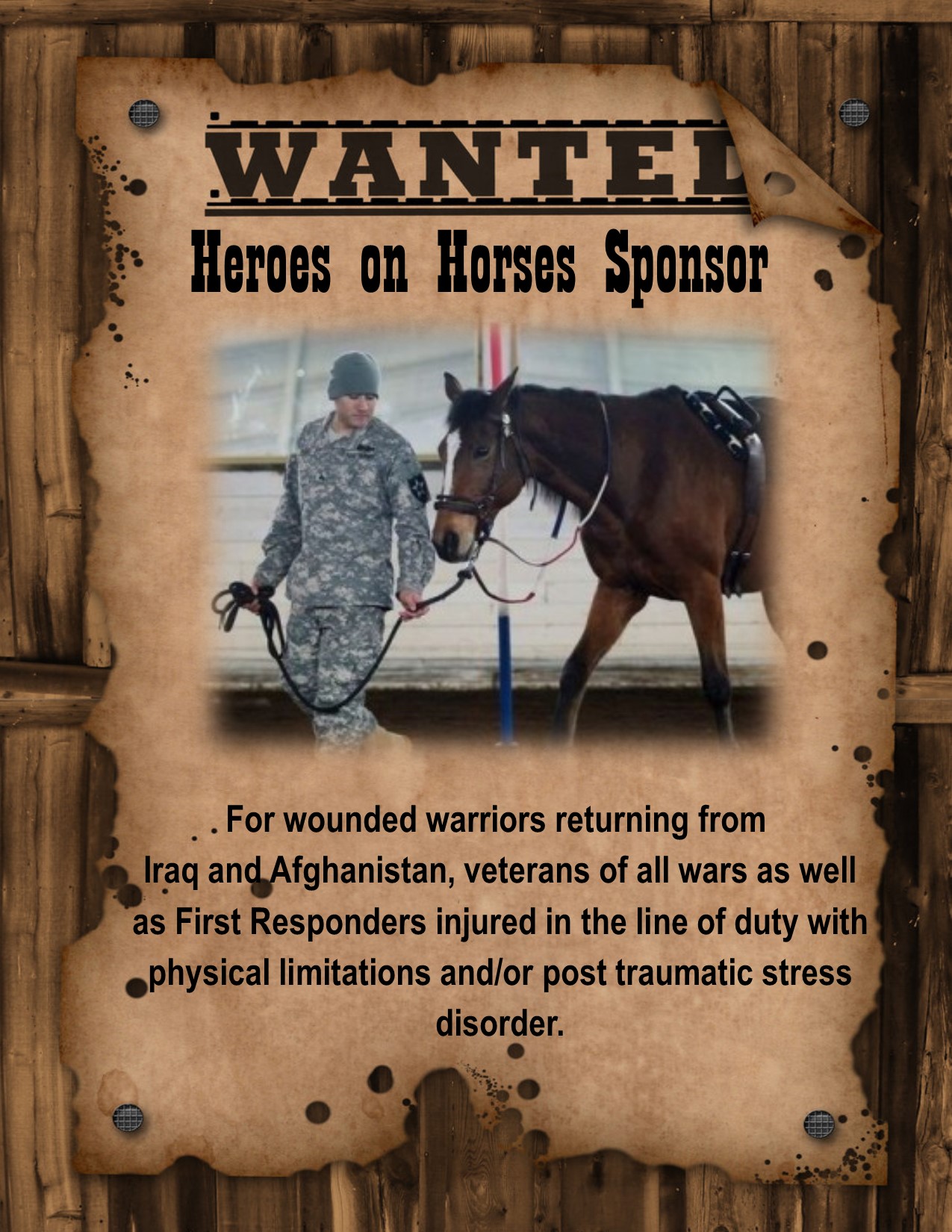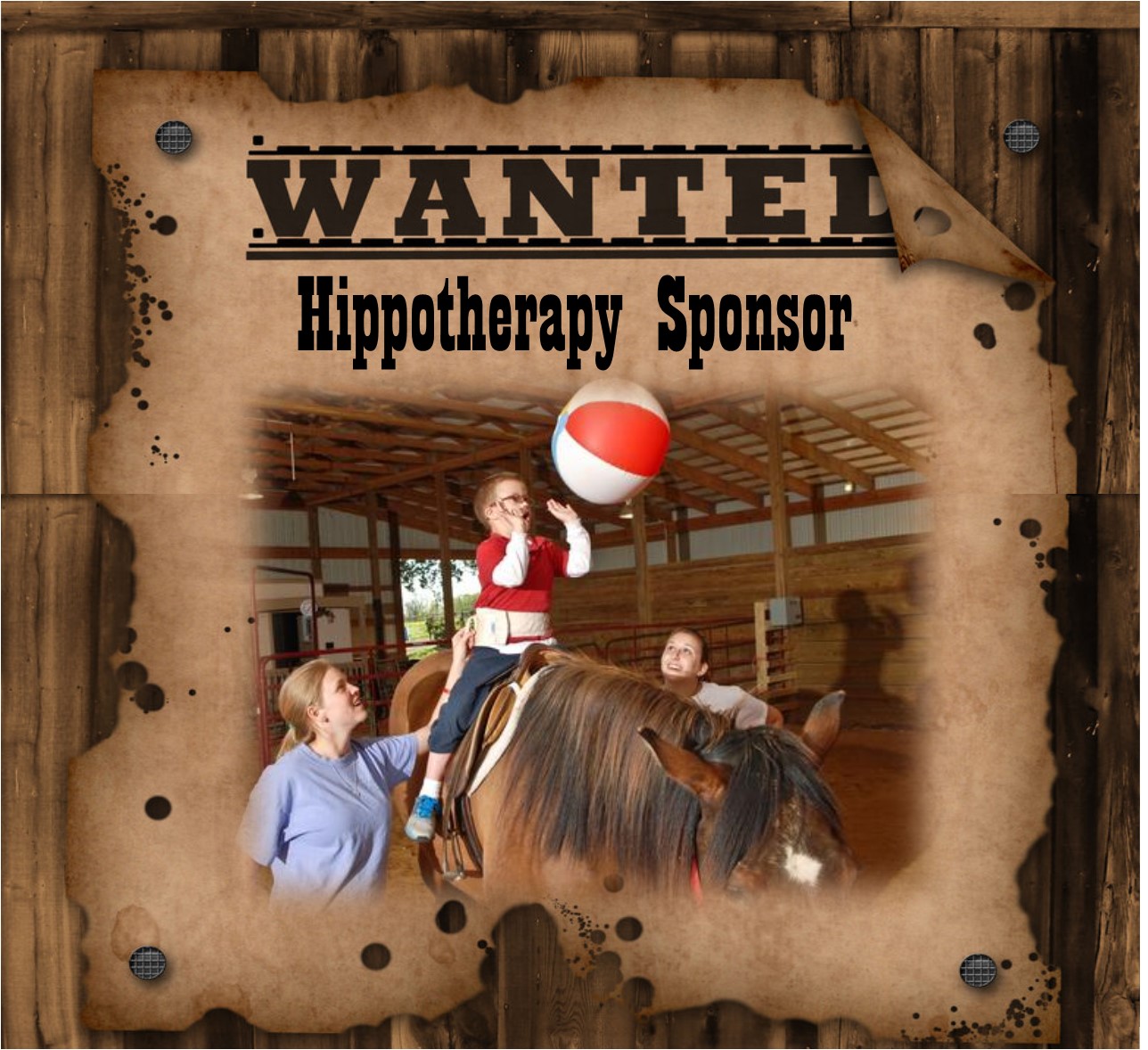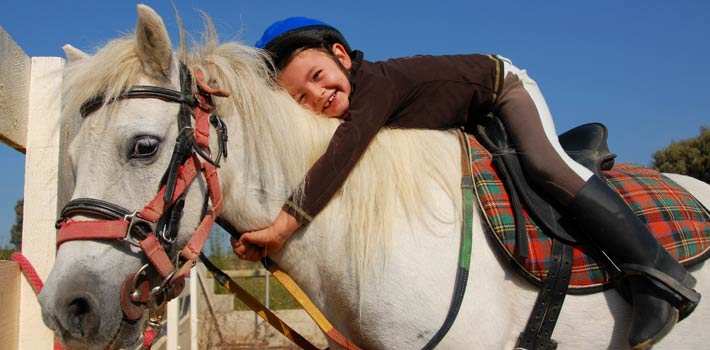The goal of this type of therapy is to provide Veterans with relaxing and positive experiences to replace traumatic ones. Veterans return from the battlefield with wounds seen and unseen. Many suffer from Post Traumatic Stress Disorder (PTSD), brain injuries, paralysis, or the loss of limb. Physical handicap and emotional withdrawal can prevent veterans – and their families – from “moving on” and living life fully
Instructors, physicians, therapists and volunteers direct the veterans and service members in the development of horseback riding and horse grooming/care skills. For the Wounded Warrior, the result is increased strength, balance, coordination, flexibility, confidence and trust. These activities are proven to promote healing of physical, emotional, social, cognitive, and behavioral disorders (including PTSD).
Whether it’s an aged mare needing love and attention or a healthy stallion that will challenge the veteran mentally and physically, a horse requires a connection with its caretaker and rider. And in forging that attachment, the horse helps re-connect the veteran to his family, community, and world. The horse is innately suited to re-establishing a veteran’s connection to the day-to-day world.





